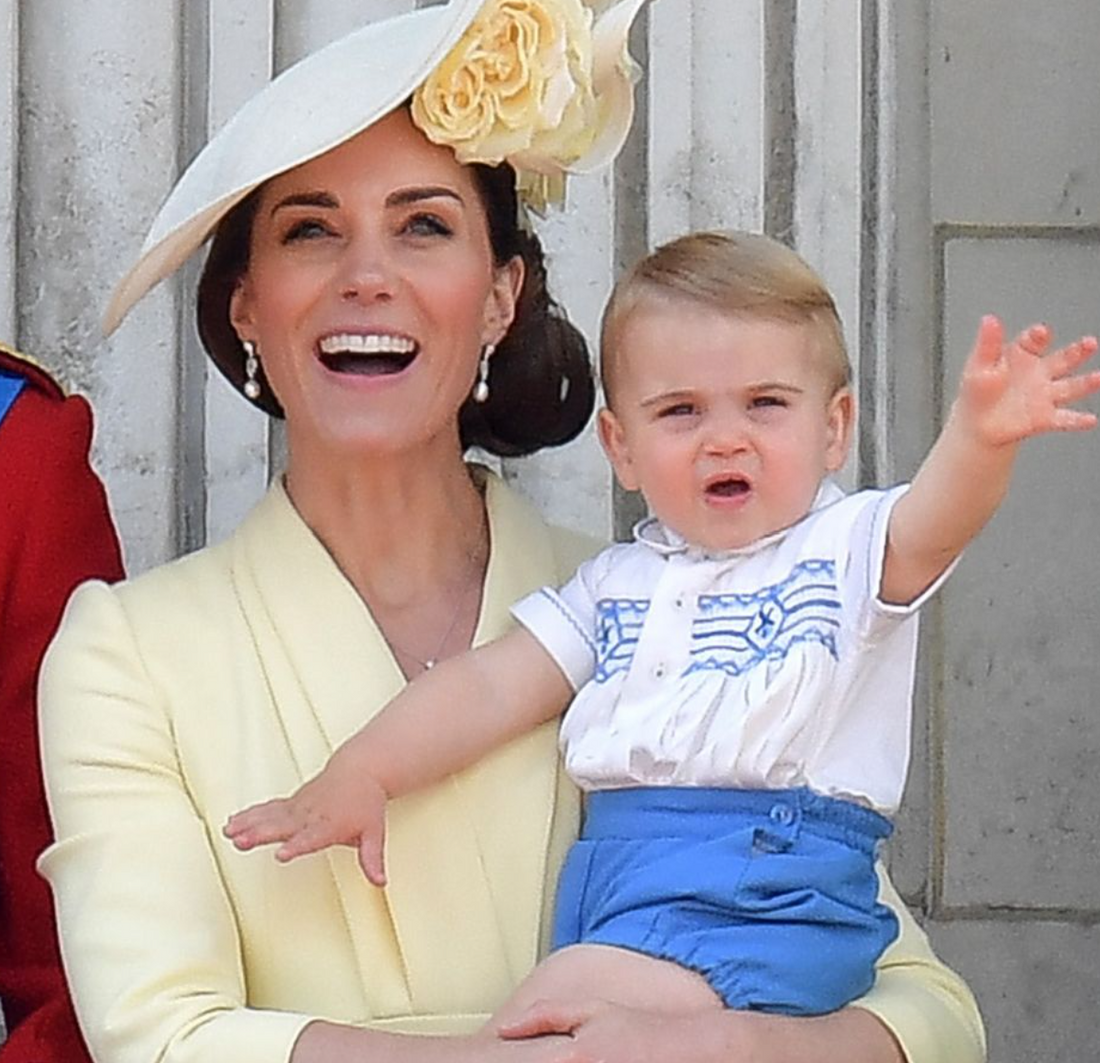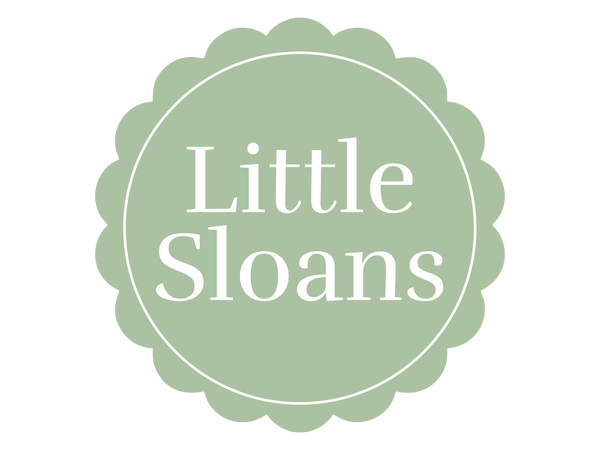
The Royal Family + Smocked Clothing
Share
Smocked clothing has long been a staple in children's fashion, especially within the British Royal Family. This traditional technique of embroidery, where fabric is gathered and stitched to create patterns, has graced the wardrobes of royal children for generations, symbolizing elegance and timelessness.
The Royal Family's affinity for smocked attire is not just about adhering to tradition; it's also about choosing clothing that stands the test of time in both durability and style. Smocked dresses and rompers are often seen on young royals during public appearances, showcasing intricate handiwork and classic designs that capture the essence of childhood innocence and royal decorum.
The love for smocked clothing within the Royal Family can be traced back to Queen Elizabeth II's own childhood, where she and her sister, Princess Margaret, were often photographed in smocked frocks. This tradition continued with Princess Diana, who dressed Prince William and Prince Harry in smocked garments. Today, the Duchess of Cambridge, Kate Middleton, keeps this tradition alive, dressing her children in similar fashion, which often leads to the 'Kate effect'—a surge in demand for similar styles after the young royals are spotted in them.
The choice of smocked clothing by the Royal Family also reflects their support for craftsmanship and the preservation of artisanal skills. Many of these garments are hand-made by skilled embroiderers, keeping the art of smocking alive. It's a nod to the importance of quality and attention to detail, values that are held in high regard by the royals.
In a world where fast fashion has become prevalent, the Royal Family's preference for smocked clothing serves as a reminder of the beauty and sustainability of well-made garments. These pieces are not only cherished as part of royal childhoods but are also often passed down through generations, becoming treasured family heirlooms.
As we admire the young royals in their beautifully smocked outfits, we are reminded of the enduring legacy and charm of these garments. The Royal Family's love for smocked clothing is more than just a fashion statement; it's a celebration of heritage, craftsmanship, and the timeless appeal of classic children's wear.
The Royal Family's affinity for smocked attire is not just about adhering to tradition; it's also about choosing clothing that stands the test of time in both durability and style. Smocked dresses and rompers are often seen on young royals during public appearances, showcasing intricate handiwork and classic designs that capture the essence of childhood innocence and royal decorum.
The love for smocked clothing within the Royal Family can be traced back to Queen Elizabeth II's own childhood, where she and her sister, Princess Margaret, were often photographed in smocked frocks. This tradition continued with Princess Diana, who dressed Prince William and Prince Harry in smocked garments. Today, the Duchess of Cambridge, Kate Middleton, keeps this tradition alive, dressing her children in similar fashion, which often leads to the 'Kate effect'—a surge in demand for similar styles after the young royals are spotted in them.
The choice of smocked clothing by the Royal Family also reflects their support for craftsmanship and the preservation of artisanal skills. Many of these garments are hand-made by skilled embroiderers, keeping the art of smocking alive. It's a nod to the importance of quality and attention to detail, values that are held in high regard by the royals.
In a world where fast fashion has become prevalent, the Royal Family's preference for smocked clothing serves as a reminder of the beauty and sustainability of well-made garments. These pieces are not only cherished as part of royal childhoods but are also often passed down through generations, becoming treasured family heirlooms.
As we admire the young royals in their beautifully smocked outfits, we are reminded of the enduring legacy and charm of these garments. The Royal Family's love for smocked clothing is more than just a fashion statement; it's a celebration of heritage, craftsmanship, and the timeless appeal of classic children's wear.
